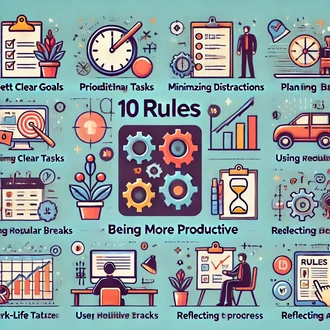Transcription Statistics
Statistics play a crucial role in informed decision making and performance measurement. However, it is important to recognize that statistics can also be prone to perceptual errors that affect productivity and efficiency on the job.
In this session, we will explore some of the most common errors in interpreting statistics and how to avoid falling into these traps to improve decision making and effectiveness in the work environment.
Confirmation bias in data interpretation
One of the most common errors in the interpretation of statistics is confirmation bias. This occurs when we tend to look for and give more weight to information that supports our pre-existing beliefs and opinions, ignoring or discarding data that might contradict them.
This bias can negatively affect productivity by limiting our ability to consider alternative perspectives and make decisions based on solid evidence.To avoid confirmation bias, it is critical to keep an open mind and be willing to consider all available perspectives and data. When reviewing statistics and data, it is helpful to actively seek out information that may challenge our beliefs and question our assumptions in order to make more informed and objective decisions.
Causality and correlation error
Another common error in interpreting statistics is to confuse causation with correlation. Just because two variables are correlated does not mean that one causes the other. Establishing a causal relationship between two variables requires deeper analysis and additional evidence. Making decisions based on correlations without a clear understanding of the causal relationship can lead to erroneous conclusions and inappropriate actions, affecting productivity and job performance.
To avoid this error, it is essential to be cautious when interpreting relationships between variables and to look for strong evidence of a causal relationship before making decisions based on correlations.
Data selection bias
Data selection bias occurs when we select certain data to support a claim or argument, while ignoring or excluding information that does not support our position. This bias can distort the true picture and lead to decisions based on partial or biased data.
To avoid data selection bias, it is important to be sure to use a representative and complete sample of data when analyzing statistics. In addition, it is useful to consult reliable and objective sources to obtain a balanced and accurate view of the information.
Inappropriate use of percentage figures
The inappropriate use of percentage figures is another co
statistics




